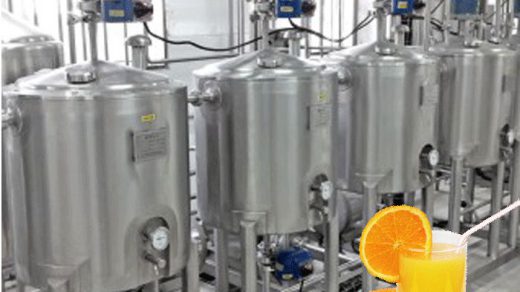Food Plants of the Future; Empowering a revolution in efficient food processing
The future of food processing has become more apparent with the installation of newer and more self-sustaining food processing plants. Corporate sustainability has been the focus over the past few years, but feeding the world has demonstrated a required new approach. Plants need to increase efficiency to reduce waste and increase preservation of food stocks and sanitary conditions. To this end, innovations in technology and management come to bear, as the food industry looks toward tomorrow to feed the growing populations.

Sustainable Manufacturing
The industry has been unique in though it draws its resources from the environment, it has little history in maintaining its sustainability. Factory farms produce over and over the same crops, without concern for rotation and management of the land. Subsidy farming deals with the fluctuation of the availability of grown food stocks in the efforts to manage the economic market rather than availability. These concepts are changing, as the industry is starting to realize that availability as well as positive stewardship projects greater profits from sustainability than previous thought.
Farm plots are managed with a rotation scale, moving variations of foodstuffs to modernized food processing plants, each designed to afford flexibility to the production line. The overall organization of planted crops is undertaken in order to plan for efficiency, but regionalized hubs for processing are being built with multiple crops in mind. A plant, for example, will have the ability to process corn products in a variety of market requirements, as well as soybean, grains, and other vegetative products. This lifts the old ideas of processing functionality and brings to bear a possible increase in profit through a wavering commodity market.
Electric actuated ball valves help food and beverage processors meet this challenge by assisting them in “maintaining production integrity and standards and increasing time efficiency of a number of operations and processes.”
Size and Impact of Food Processing Plants
Newer plants are also able to incorporate new technology into smaller processing facilities through the use of computerized machinery and a reduction in personnel. Limiting the access and contact with the human element also increases safety in processing, decreasing exposure to pathogens that could infect the foodstuff. Fewer employees translate into an increase in profitability, and overhead costs of management-associated costs are mitigated. Modernized technology allows for greater efficiency in the food processing chain, allowing raw product to enter the facility and depending on the required end product, can be shipped out within hours. Limiting processing time means a higher and more realistic market price and the savings are then passed on to the consumer.
For more information, please visit https://www.adamantvalves.com/



Recent Comments